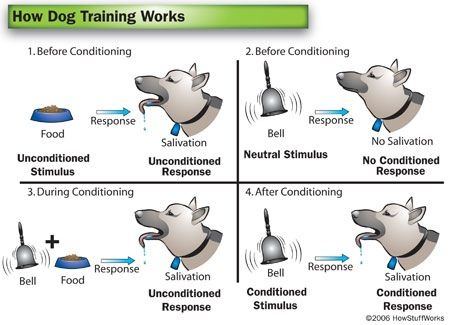Pavlov’s Classical conditioning
Ivan Petrovich Pavlov was a Russian physiologist known primarily for his work in classical conditioning.
The basics of Pavlov's classical conditioning serve as a historical backdrop for current learning theories. Pavlov's principles of classical conditioning have been found to operate across a variety of behaviour therapies and in experimental and clinical settings, such as educational classrooms and even reducing phobias with systematic desensitisation. Most of Pavlov’s work involved research in temperament, conditioning and involuntary reflex actions.
Therefore, we can use classical conditioning to create amazing recalls, but also through counter conditioning and desensitisation create new positive emotional responses to previously scary triggers, like other dogs or strangers in reactive dogs.
“Pavlov is always sitting on your shoulder.”
No matter what we are working on in training and what previous knowledge the dog has, the dog is a sentient being with emotional states and responses that are at any time elicited by environmental circumstances. What does that mean in training? If for instance we are working on a “Down” in an environment or with an attitude that the dog perceives as scary or stressful, the dog can learn that downs are scary or stressful, even though we used positive reinforcement to train them. This is an involuntary response and therefore we can’t blame the dog for not wanting to do it. He’s not stubborn, but scared or stressed…

